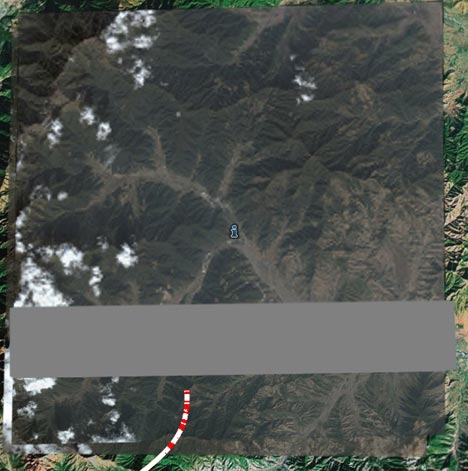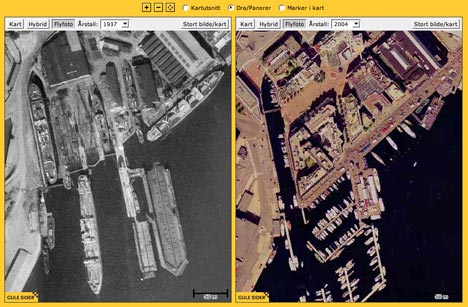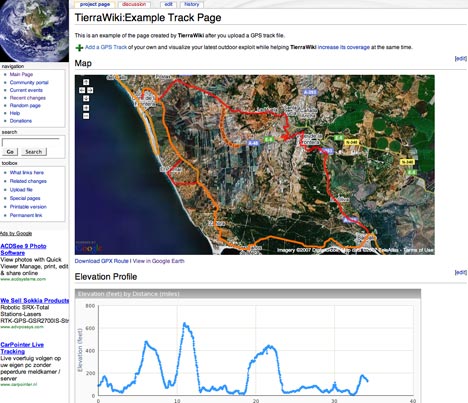WorldTribune.com comes out with an not-entirely clear article about a graphic of the Chinese anti-missile test on January 11 — the website alleges Google “self-censored” it. The graphic, a screenshot of the missile’s trajectory in Google Earth, was produced by the Science, Technology and Global Security Working Group at MIT.
While the article never spells it out, in all likelihood what it is trying to say is that the graphic has been removed from the Chinese Google Search service, the one which removes links to content censored by Chinese censors. That wouldn’t surprise me at all, and it isn’t really news.
The upside to the article, however, is that it lead us to the actual page where the MIT researchers published their findings — it comes with the original KML file that shows the trajectory of the satellite and missile in Google Earth:

Slightly more disturbing, however, is that in Google Earth, the region from which the missile was launched, the Xichang satellite launch center, shows signs of having been censored by Google. I can’t be sure, and I usually am sceptical of claims of censorship myself, and the Google Earth team itself maintains that it never censors imagery by pixelating or otherwise doctoring imagery, but look at the evidence: Two Digital Globe squares almost exactly overlap each other, with the top one at a highly reduced resolution. Finally, on top of all this, an unprecedented gray band that obscures all:

To me, this suggests that an earlier high resolution square proved too revealing, and that this has been resolved by adding a lower-resolution “patch”. Another option is that this is a data processing glitch that just happens to lie in an extremely interesting part of China. The only other explanation that I can come up with is that the US government invoked its privilege to censor Digital Globe’s satellite imagery before it was released into the public domain. Even so, there would be no reason for Google to then add this lower-resolution patch to Google Earth’s dataset, as clearly it obscures what was once crystal clear.


